Record-Breaking Black Hole Discovered By NASA

According to a new write-up from NASA, astronomers have discovered a black hole in the deep reaches of space that is shattering records. The massive void is currently in the early stages of growth and development, yet touts a mass similar to that of its host galaxy, meaning the supernova is expected to reach super-massive sizes, with terrifying implications for the surrounding star systems. The discovery and study of this black hole may aid scientists in their understanding of black holes formed at the onset of the known universe.
NASA Telescopes Discover The Most Distant Black Hole To Date
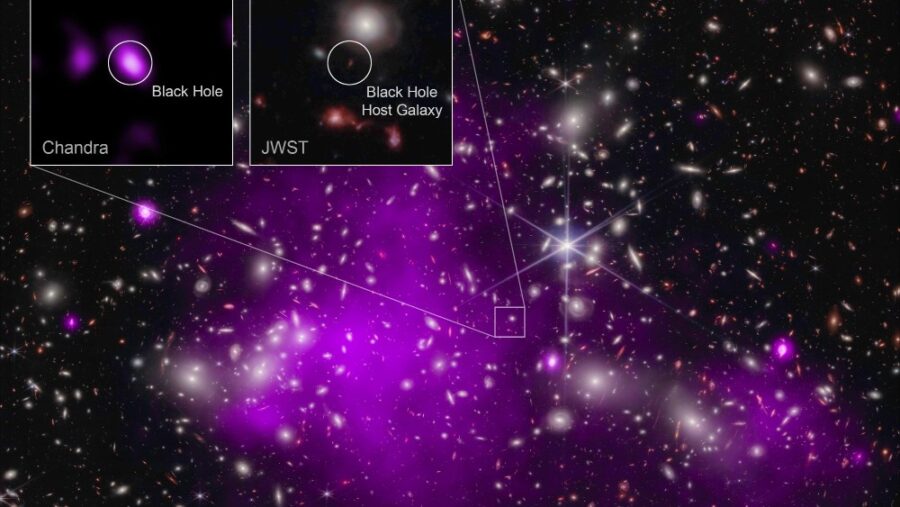
NASA was able to spot this black hole through a conjoined effort of many space research departments. The James Webb Space Telescope was utilized to locate the distant galaxy more than 13.2 billion light-years from Earth, allowing astronomers to peer millions of years into the past. Due to the ability of light to traverse space and time, the further scientists look into space, the further back they can see, as light signatures cannot travel fast enough to allow Earth telescopes to get a glimpse of modern developments.
Researchers Date The Black Hole To Forming Some 470 Million Years After The Big Bang
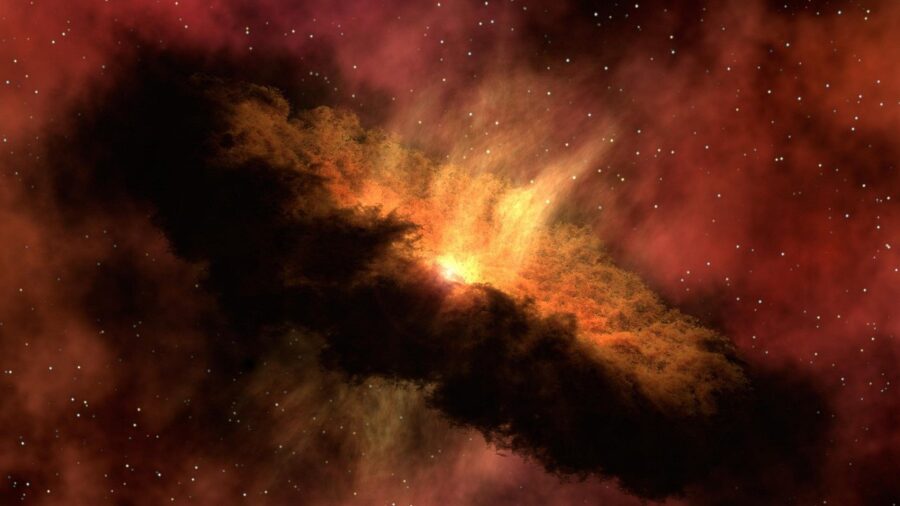
Because of this phenomenon, scientists are able to study the black hole in its early conception, forming roughly 470 million years after the occurrence of the Big Bang. From there, researchers at the Chandra X-ray Observatory were able to identify magnetic signatures within the region, allowing them to determine technical specs for the black hole and its surrounding victims, including a number of planets and stars that have surely already been swallowed by the behemoth void.
Through a process called gravitational lensing, a team of scientists at the Harvard & Smithsonian Center for Astrophysics were able to determine the structure and gas emissions from the distant cluster, which has been titled UHZ1.
The New Discovery Sheds Light On How Black Holes Develop
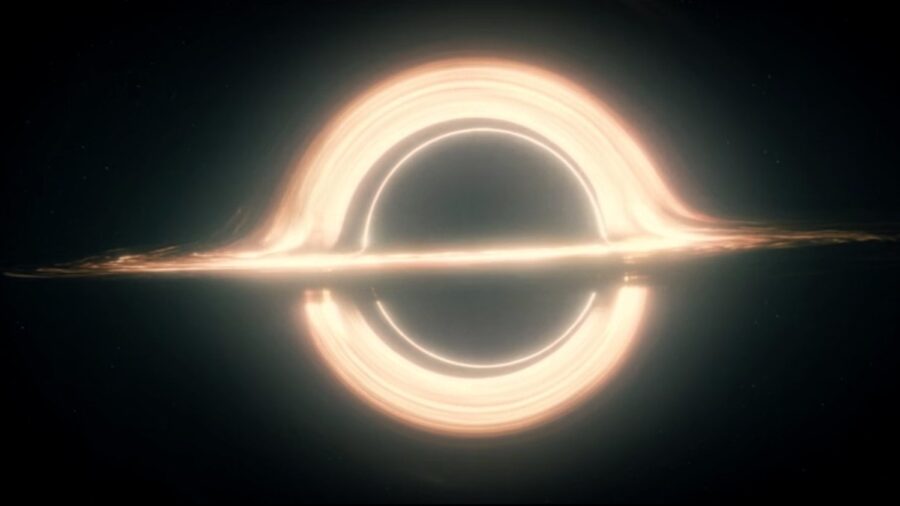
This discovery has allowed scientists to study a supermassive black hole in its early stages, which supports leading scientific theories regarding the source and origins of the enormous Lovecraftian supernovas. With any luck, this study will result in a better understanding of how black holes form and how they grow.
The Current Theory
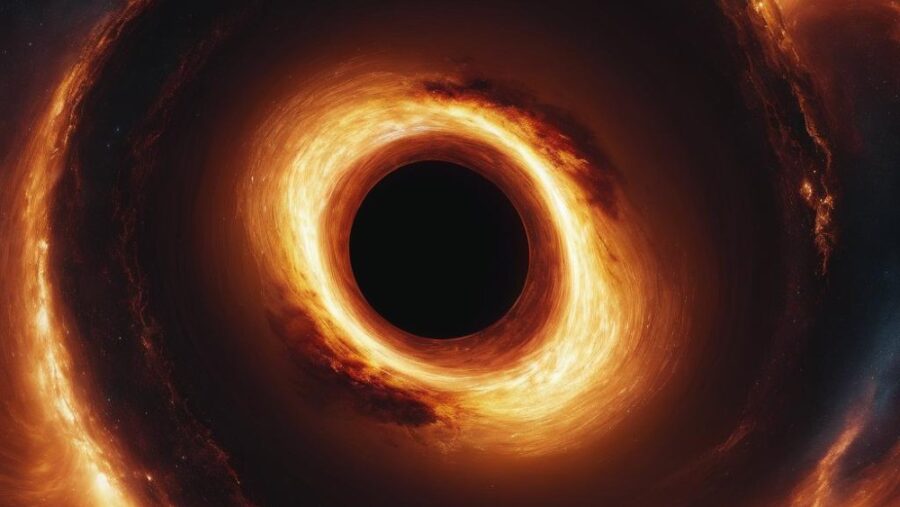
The current leading theories regarding the supernovas suggest that they arrive as a result of massive gas collapses, which weigh more than that of 10,000 of our own solar system’s Sun, or that they are formed in the wake of massive star explosions caused by nuclear reactions from a lack of internal energy within a glowing star.
Groundbreaking Telescopes Continue To Give Us A Better Understanding Of The Cosmos
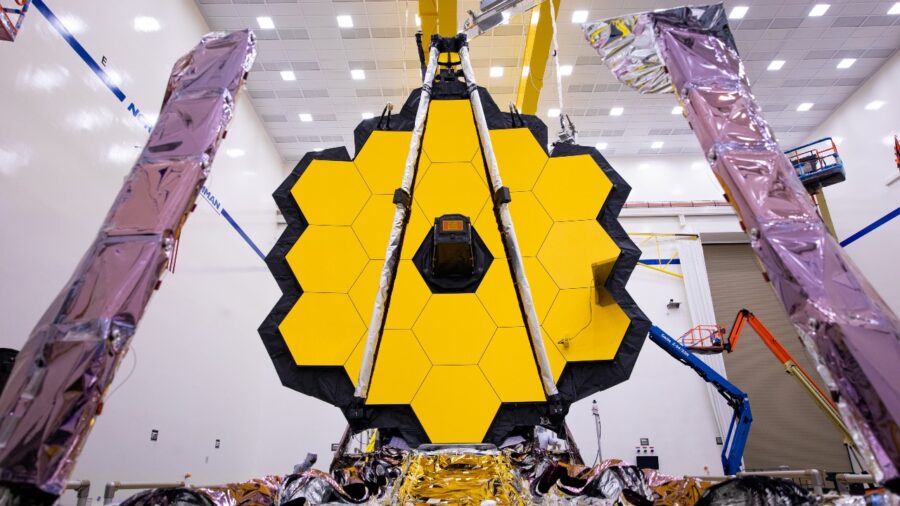
The newfound black hole has been referred to by researchers as the first example of a known “Outsize” black hole, meaning one that formed directly due to the collapse of a massive gas cloud. No matter what scientists learn from watching this supermassive black hole, the results will surely be mind-blowing, as the cosmic concepts have never been fully examined in this level of detail.
As NASA and other research groups continue to grow and expand in their technological capabilities, results such as these will continue to pour in, allowing humankind a greater and fuller understanding of the universe and the origins of cosmic matter.












